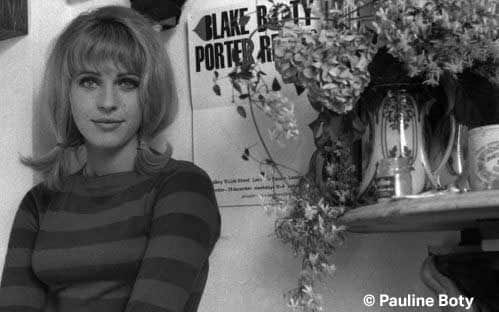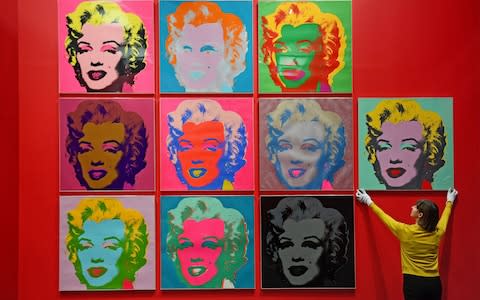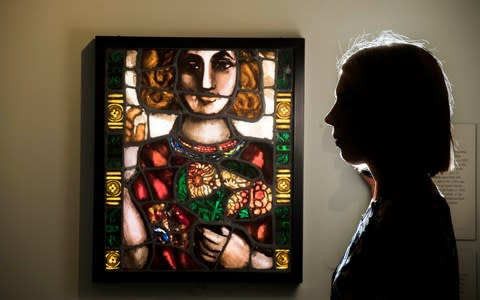Pauline Boty: the only female founder of British pop art

To celebrate 100 years since British women were given the right to vote, The Telegraph – alongside the Mayor of London’s#BehindEveryGreatCityCampaign – is running a weekly series.
‘Hidden Credits’ looks back and celebrates individual women who have smashed glass ceilings, helped change society for the better and given the UK’s capital something to boast about.
In a decade characterised by political sex scandals and cultural revolution, Pauline Boty's art gave the world a new way of looking at the Sixties.
Following the Profumo affair of 1963, Boty created her own take with Scandal ‘63, a piece of work exposing male domination in the art world, politics and beyond.
Last seen in the year of its creation, it showcased Boty’s Pop Art style, which she had begun to flourish during her time as a student at both the Wimbledon School of Art and the Royal College of Art, where she worked alongside key figures from the Pop art movement.
In the summer of 1963, Boty married the literary agent Clive Goodwin - described as the only man who took her for her intelligence and skill, rather than her sex appeal.

A striking twentysomething with blonde hair and blue eyes, she was nicknamed the ‘Wimbledon Bardot’; a moniker which attracted both compliments and critique.
As her “dolly-bird” reputation stuck, the feminist-inspired Pop art she sought recognition for never reached much acclaim, and much of her work was forgotten in the decades after her death from leukaemia in 1966 at just 28.
A pregnancy check-up five months earlier had revealed the illness, and she was offered an abortion by doctors in order to receive chemotherapy. But intent on keeping her baby, Boty decided refused the treatment, and the cancer killed both the artist and her legacy for the next three decades.
That was until her paintings were rediscovered in her brother's barn in Kent in the 1990s by curator and Sussex University art professor David Alan Mellor and art historian Dr Sue Tate.

Shortly after restoration, Mellor exhibited what they found at the Barbican in 1993 as part of a celebration of the swinging Sixties; as Tate put it, that was the point at which Boty was "at last written back into the story of art.
“She died young, before her reputation was more fully established, and no doubt the inherent sexism of the time was in play.”
Many of Britain’s best female artists remain unknown, or have been brought into the spotlight in the same way Pauline Boty has - long after their working life.
"There are less than 30 [of Boty's] works in existence, and none of her Pop paintings have come to auction before,” said Angus Granlund, the director of Modern British and Irish art at Christie’s, last year.
The London auction house sold her final and single piece of Pop art, BUM, at auction last November; indeed most of her works, each one a comment on liberal values, destined for public viewing, now seem to be in private hands. It seems an unlikely destiny for Boty. But, no longer consigned to a barn in Kent, they appear to have finally received the recognition they spent so many decades without.

